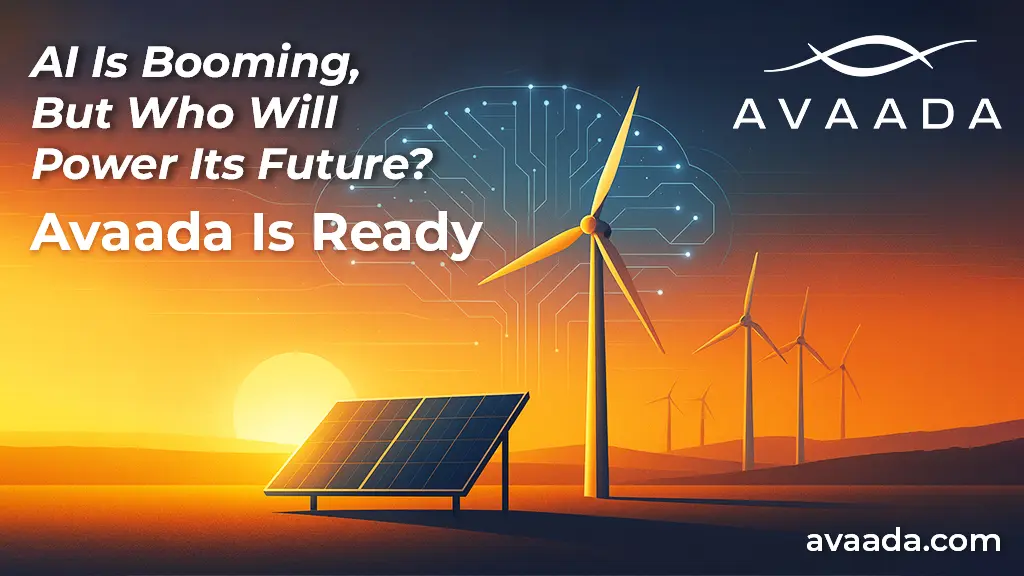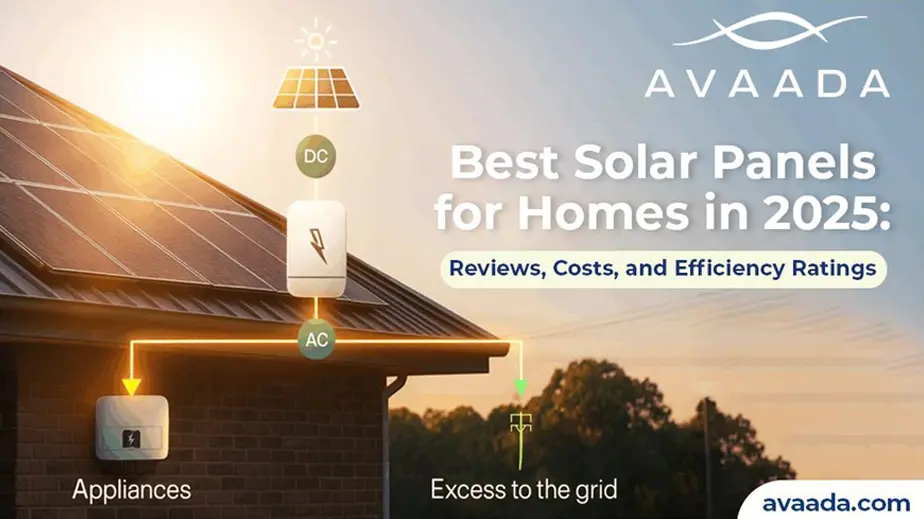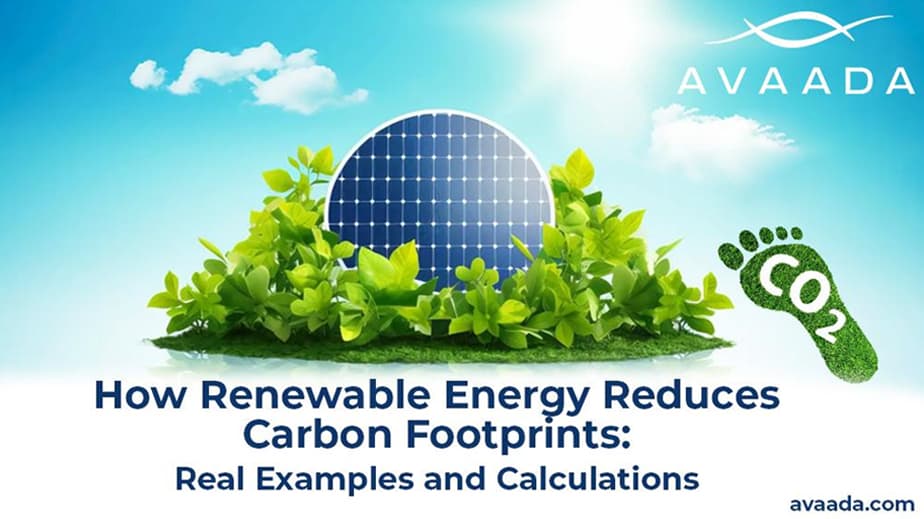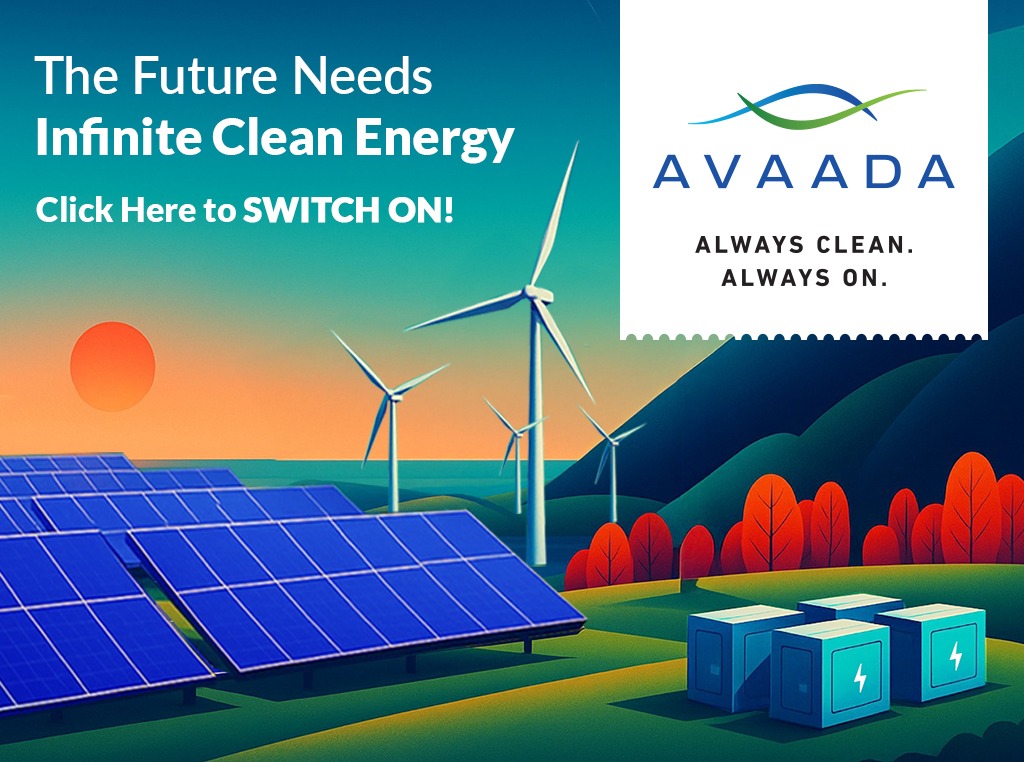The shift toward green and clean energy is reshaping how the world generates and consumes power. With the urgent need to fight climate change and achieve carbon neutrality, various countries, industries, and communities are now turning to eco-friendly energy solutions that reduce emissions and secure a sustainable future.
With the changes and adaptability towards these initiatives, the energy sector is undergoing a major transformation. The adoption of solar, wind, and green fuels is helping to build a carbon-neutral ecosystem, striking a balance between development and environmental responsibility.
What Is Green Energy?
Green energy refers to power generated from natural, renewable sources such as sunlight, wind, water, and biomass. Unlike fossil fuels, these sources do not release harmful greenhouse gases or deplete natural resources. Instead, they harness naturally replenishing elements to produce environmentally friendly energy that keeps the planet clean and sustainable.
Green energy for a carbon-neutral ecosystem ensures that the energy we use today doesn’t compromise tomorrow’s environment. It supports both economic growth and environmental preservation.
Key Sources of Green Energy
There are primarily five sources of green energy:
● Solar Energy
Solar energy captures sunlight and converts it into electricity using solar panels or photovoltaic (PV) cells. It’s one of the most abundant and accessible sources of green and clean energy.
Our large-scale solar projects are developing solutions that power industries, institutions, and homes with reliable, low-carbon electricity. Solar systems not only reduce emissions but also lower long-term energy costs.
● Wind Energy
Wind energy uses turbines to convert wind motion into electricity. It’s efficient, cost-effective, and works well in both onshore and offshore installations. As one of the fastest-growing green energy sources, it plays a major role in global decarbonization. Combined with solar projects, wind energy helps ensure 24/7 clean power availability through hybrid systems supported by energy storage.
● Hydropower
Hydropower generates electricity from moving water. It’s one of the oldest and most dependable forms of clean energy, supplying consistent power even when solar or wind conditions fluctuate. Modern hydropower systems, including pumped storage hydropower, enable energy storage and grid stability, an area where different projects are helping strengthen India’s renewable infrastructure.
● Green Fuels
Green fuels, such as green hydrogen, green ammonia, sustainable aviation fuel (SAF) and green methanol, are becoming vital for industries that cannot fully electrify, like transportation and manufacturing. These fuels are produced using renewable electricity and emit minimal carbon when used.
Avaada is investing in this space, developing integrated solutions that connect electrons generated through solar and wind energy to the production of green molecules (fuels), supporting India’s clean energy mission and net zero targets.
● Biomass Energy
Biomass energy is produced from organic materials, including agricultural waste, forest residues, and food waste. It’s a renewable alternative that supports eco-friendly energy generation while reducing landfill use and waste emissions.
Must Read:- Why Renewable Energy Must Scale Faster
Benefits of Green Energy
Green energy has many benefits. Some of which include:
● Environmental Protection
The most significant advantage of green energy is its minimal environmental impact. It reduces greenhouse gas emissions, prevents air pollution, and limits the carbon footprint of industries and households. By replacing fossil fuels with green energy, we can help mitigate climate change and protect ecosystems.
● Energy Independence
Countries investing in green and clean energy reduce their reliance on imported oil, gas and coal. Solar and wind power are locally available, ensuring a stable and self-reliant energy supply.
● Economic Growth
The green energy industry drives job creation in manufacturing, installation, research, and maintenance. It supports rural economies by turning unused land into productive solar or wind farms. Our projects across India have not only delivered reliable power but also created employment, enhanced skill development, and improved local infrastructure.
● Cost Savings
While renewable installations require initial investment, they significantly cut operating costs over time. Once installed, solar and wind systems have minimal maintenance expenses and offer predictable energy prices, shielding users from fluctuations in fossil fuel prices.
● Supports ESG and Sustainability Goals
Adopting eco-friendly energy enhances a company’s ESG (Environmental, Social, and Governance) profile. Businesses that use renewable sources report lower Scope 2 emissions, improved compliance, and increased investor trust.
The Role of Green Fuels in a Sustainable Future
Green fuels bridge the gap where electrification is difficult. For instance, aviation, heavy transport, and steel industries rely heavily on liquid or gaseous fuels. Here, green hydrogen, green ammonia, sustainable aviation fuel (SAF) and green methanol serve as sustainable substitutes.
- Green Hydrogen: Produced by splitting water using renewable-powered electrolysis, green hydrogen emits only water vapor, making it a proper zero-carbon fuel when produced and used correctly.
- Green Ammonia: It uses green hydrogen produced through water electrolysis and mixing it with nitrogen extracted from air through the haber bosch process.
- Green Methanol: Made from combining captured CO₂ with green hydrogen (or renewable feedstocks), it offers cleaner options for shipping and industrial uses.
- Biofuels (Bioethanol, Biodiesel, Biogas, etc.): In India, bioethanol is produced from materials such as sugarcane molasses, broken rice, and maize; biodiesel is derived from vegetable oils and waste fats; biogas is generated from agricultural and organic waste. These fuels are already being blended into petrol and diesel, reducing fossil fuel dependence and lowering emissions.
Avaada’s focus on green fuels reflects its commitment to a carbon-neutral economy, integrating renewable generation with sustainable fuel production for large-scale decarbonization.
Challenges and Solutions in Adopting Green Energy
The adoption of green energy faces several challenges that must be addressed to ensure a smooth transition to a sustainable, low-carbon future.
● Intermittency
Solar and wind energy depend on weather and time, which affects power consistency. However, advanced storage solutions, such as Battery Energy Storage Systems (BESS) and Pumped Storage Projects (PSPs), ensure a continuous renewable supply.
Avaada’s pumped storage developments across India are addressing this challenge by storing surplus renewable energy and releasing it during peak demand.
● Infrastructure Needs
Building transmission lines and smart grids requires large investments. Governments and private sector players are collaborating to modernize infrastructure, ensuring the better integration of renewable sources into the national grid.
● High Initial Costs
Though setup costs for green energy systems can be high, falling technology prices, government incentives, and financing options are making adoption more accessible to both industries and households.
Through innovative technologies, strategic investments, and collaborative policy efforts, these challenges can be overcome to unlock the full potential of green energy, ultimately leading to a cleaner and more resilient energy system.
Government Initiatives Supporting Green Energy
India’s commitment to clean energy has led to the development of several policy frameworks that promote eco-friendly and environmentally friendly energy sources. Key initiatives include:
| Policy / Scheme | Objective | Impact |
| National Solar Mission | Promote solar energy generation | Installed capacity crossed 80 GW (2024) |
| Green Hydrogen Mission | Encourage green hydrogen production | Targeting 5 MMT annual capacity by 2030 |
| PM-KUSUM Scheme | Enable farmers to install solar pumps | Enhances rural energy independence |
| MNRE Subsidies | Financial incentives for solar rooftop systems | Lowers residential solar costs significantly |
Such initiatives empower both corporations and individuals to shift toward green and clean energy, accelerating India’s journey toward net-zero emissions.
The Future of Green Energy
The future of green energy lies in integration and innovation, connecting solar, wind, hydro, and green fuels through digital grids and efficient storage systems. Technologies such as AI-driven energy management and hydrogen-based transportation are expected to dominate the next decade.
Our approach embodies this future: blending large-scale renewables, storage, and green fuel energy to create a circular, carbon-neutral model that powers progress responsibly.
Conclusion
Green energy is no longer an option; it’s a necessity for achieving a sustainable planet. As the world shifts toward a carbon-neutral ecosystem, adopting green and clean energy becomes essential for environmental preservation, energy security, and economic growth.
At Avaada, we’re committed to advancing this mission by delivering scalable solar, wind, and green fuel solutions that enable a greener, cleaner, and more resilient energy future for all.









